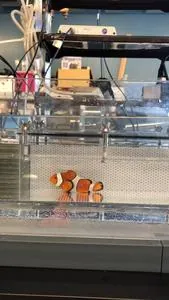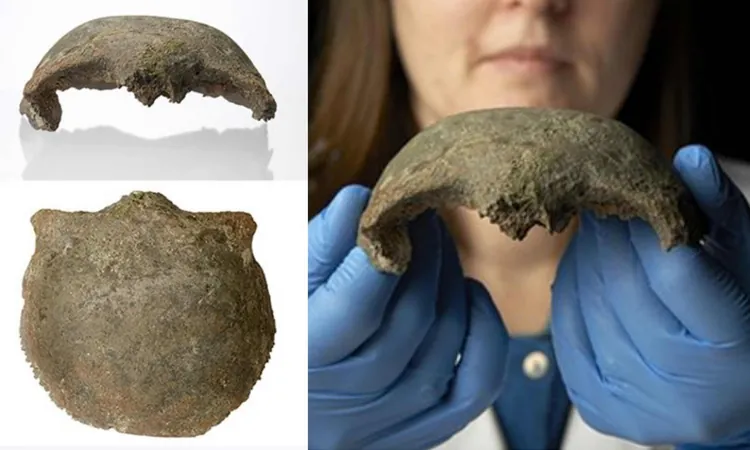
How ‘Adventurous’ and ‘Homebody’ Anemonefish Evolved: New Insights into Marine Diversity
2025-07-16
Author: Mei
Unlocking the Secrets of Anemonefish Evolution
Ever wondered how the vivid, lovable anemonefish—immortalized by *Finding Nemo*—became such a diverse group? A groundbreaking study dives deep into their evolution, challenging the long-held belief that their bond with sea anemones was the sole driver of their diversification. This intriguing research opens the door to understanding additional ecological influences that contributed to their rapid species development.
The Complex Tale of Anemonefish Diversification
Scientists have discovered that anemonefish didn’t just evolve based on their protective hosts. Instead, their ecological behavior plays a crucial role, too! From how far they stray from their anemone home to their swimming capabilities, these factors are central to their evolutionary journey. Understanding these dynamics is vital in helping us grasp how biodiversity forms and survives, especially in the face of environmental challenges.
Adventurers vs. Homebodies: The New ‘Eco-Morphotypes’
This landmark research introduces the concept of ‘eco-morphotypes’—distinct functional groups of anemonefish, characterized by their varying levels of dependence on their host and swimming efficiency. Surprisingly, scientists found that these traits weren’t directly tied to the number of host species a fish interacts with. Instead, attributes like muscle structure and swimming habits were pivotal!
Some species are classified as ‘adventurers,’ boasting robust muscles that allow them to traverse great distances with minimal energy. Conversely, others are ‘homebodies,’ typically remaining close to their anemone, featuring smaller muscles, and expending more energy to swim. This nuanced understanding of their diversification reveals the importance of less obvious traits in the evolutionary narrative.
Innovative Research Methods
To gather these insights, researchers employed an impressive array of techniques. Observations in the wild allowed them to assess how much time fish spent within their anemone homes. In controlled lab conditions, endurance and oxygen consumption tests on swimming apparatus provided a deeper understanding of their physiological capabilities. Advanced 3D imaging and computational simulations further illuminated the relationship between body shape and swimming performance.
A Visual Feast for Discovery
With a treasure trove of imagery from the research, journalists now have access to engaging visuals—capturing anemonefish in their natural settings, rigorous lab tests, and intricate simulations. This wealth of resources is set to inspire further exploration into how ecological traits shape the survival of species.
Implications for Future Research
This research positions anemonefish as a key model for studying the intricate interplay between ecological behavior and evolutionary forces. The findings not only enrich our understanding of marine biodiversity but also provide crucial insights into which species may thrive or decline amid rapid environmental changes. Dive into the world of anemonefish and uncover the rich tapestry of life beneath the waves!




 Brasil (PT)
Brasil (PT)
 Canada (EN)
Canada (EN)
 Chile (ES)
Chile (ES)
 Česko (CS)
Česko (CS)
 대한민국 (KO)
대한민국 (KO)
 España (ES)
España (ES)
 France (FR)
France (FR)
 Hong Kong (EN)
Hong Kong (EN)
 Italia (IT)
Italia (IT)
 日本 (JA)
日本 (JA)
 Magyarország (HU)
Magyarország (HU)
 Norge (NO)
Norge (NO)
 Polska (PL)
Polska (PL)
 Schweiz (DE)
Schweiz (DE)
 Singapore (EN)
Singapore (EN)
 Sverige (SV)
Sverige (SV)
 Suomi (FI)
Suomi (FI)
 Türkiye (TR)
Türkiye (TR)
 الإمارات العربية المتحدة (AR)
الإمارات العربية المتحدة (AR)